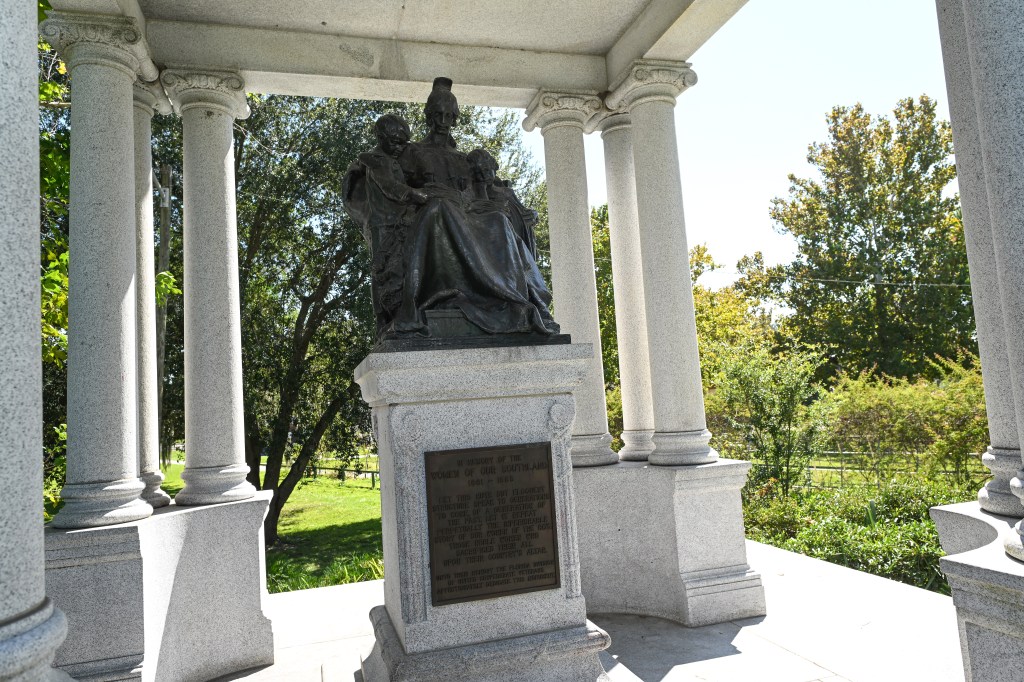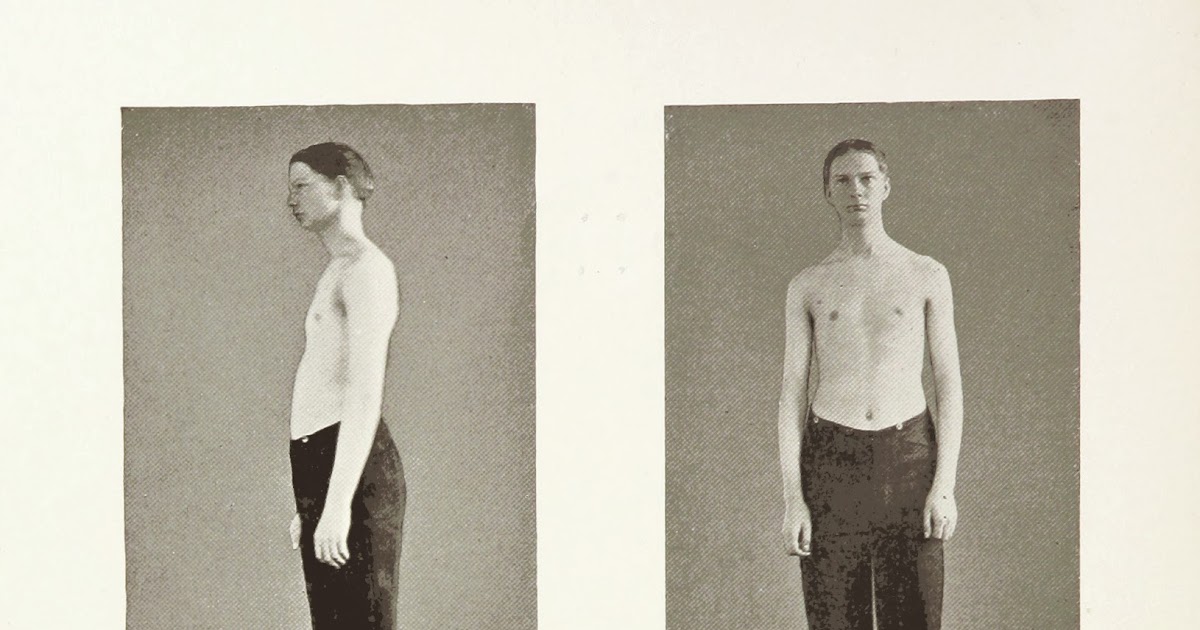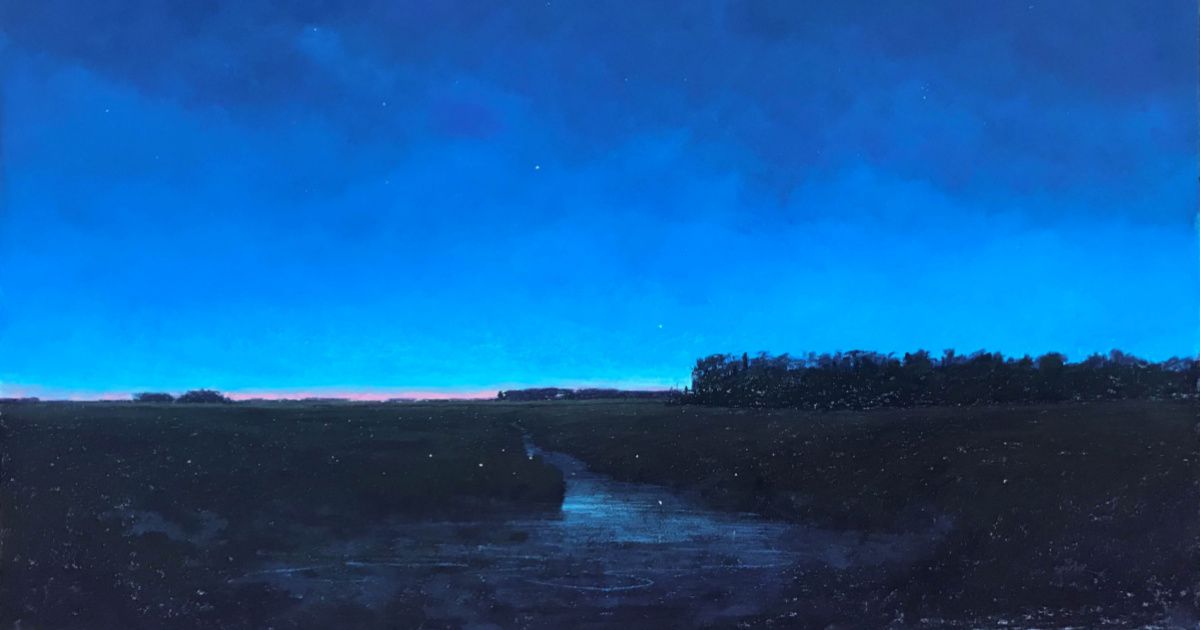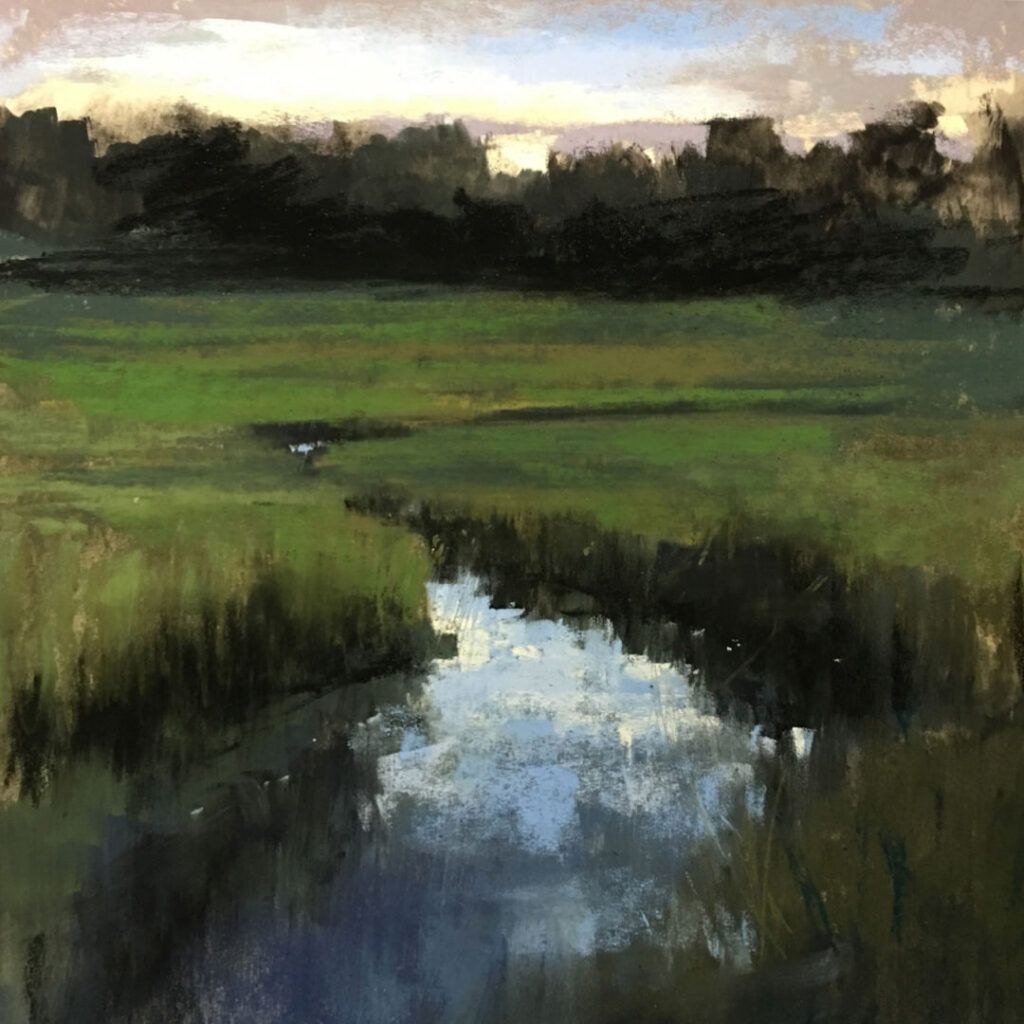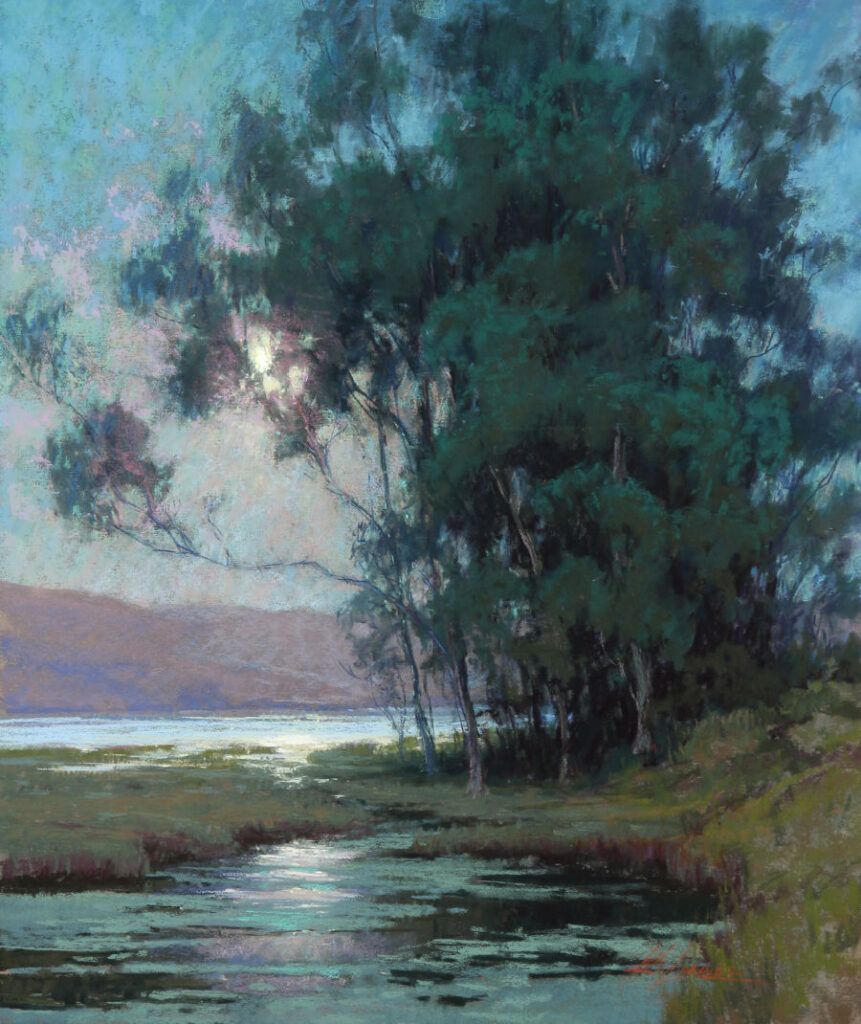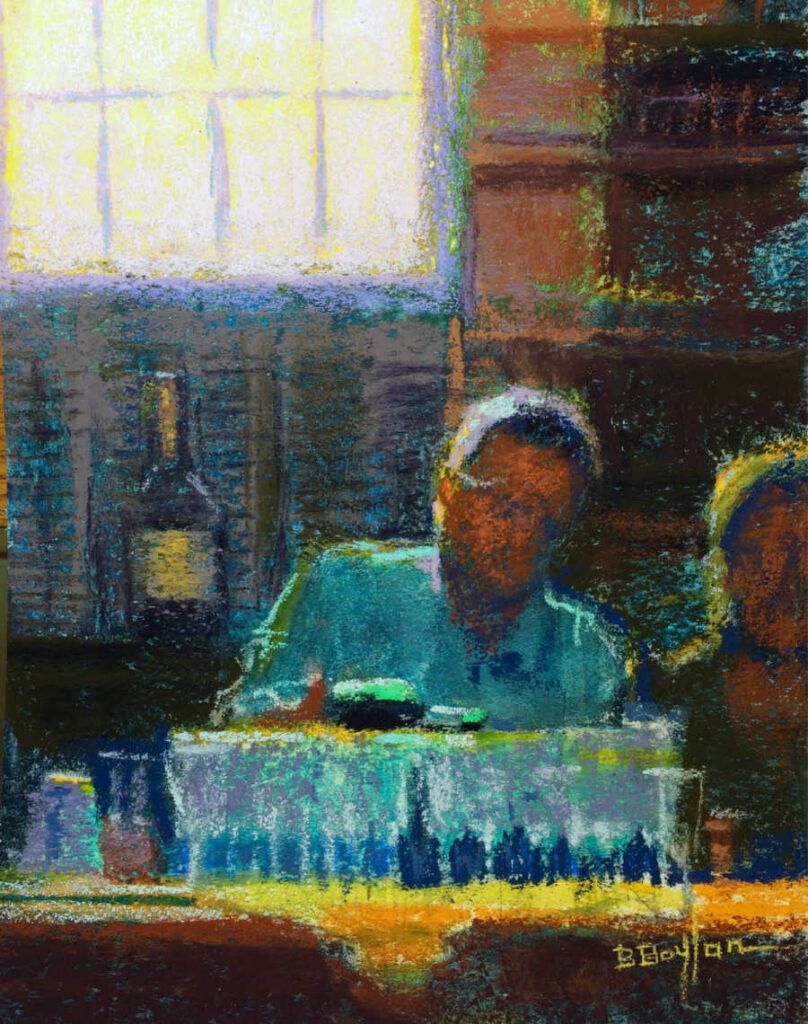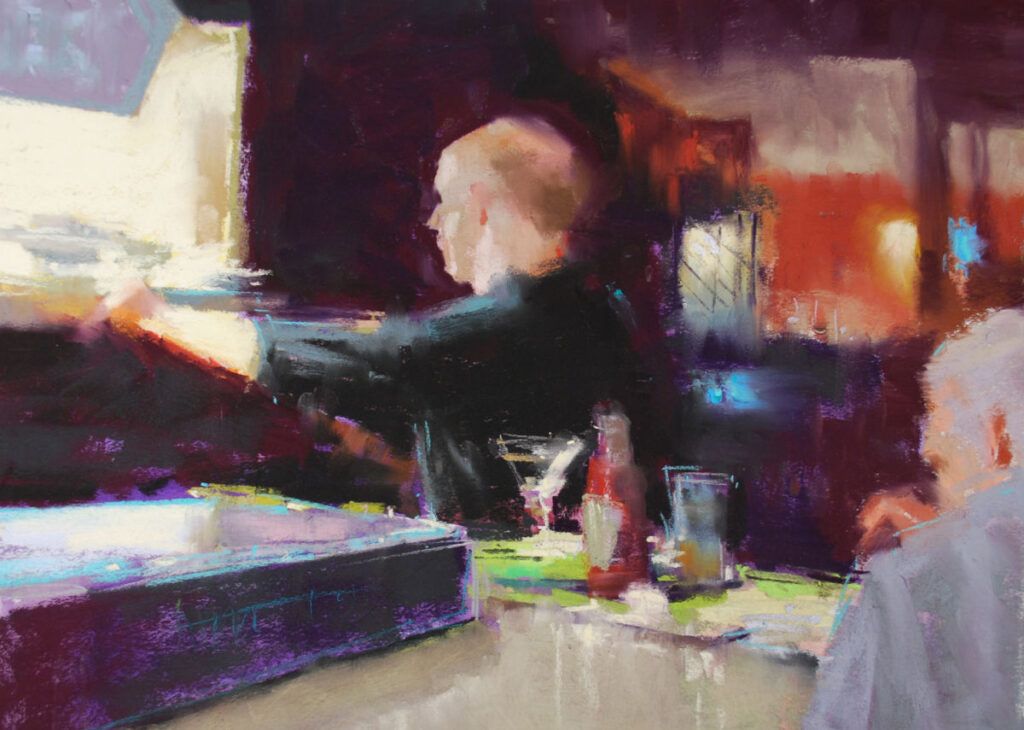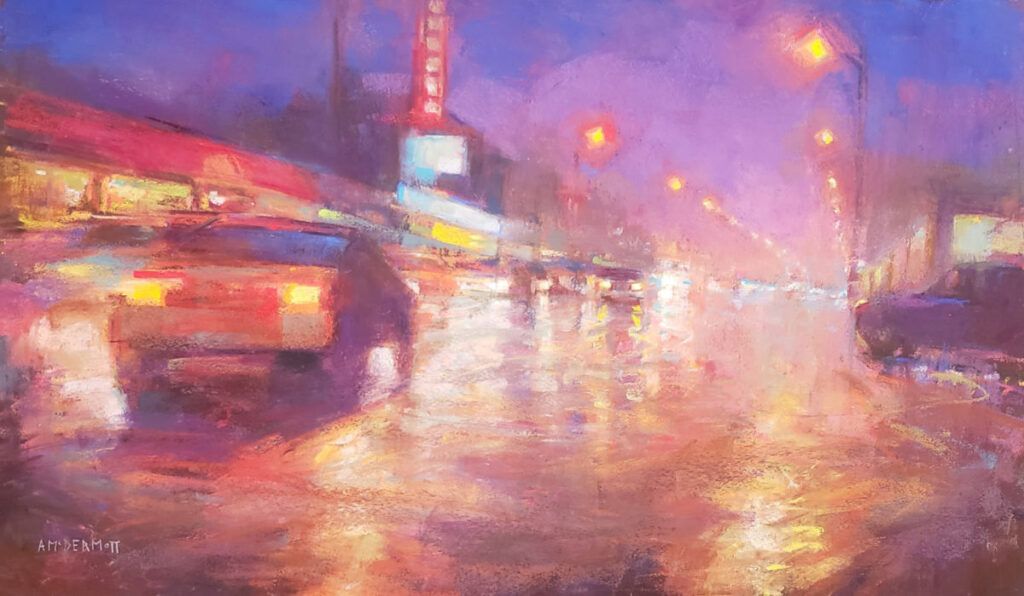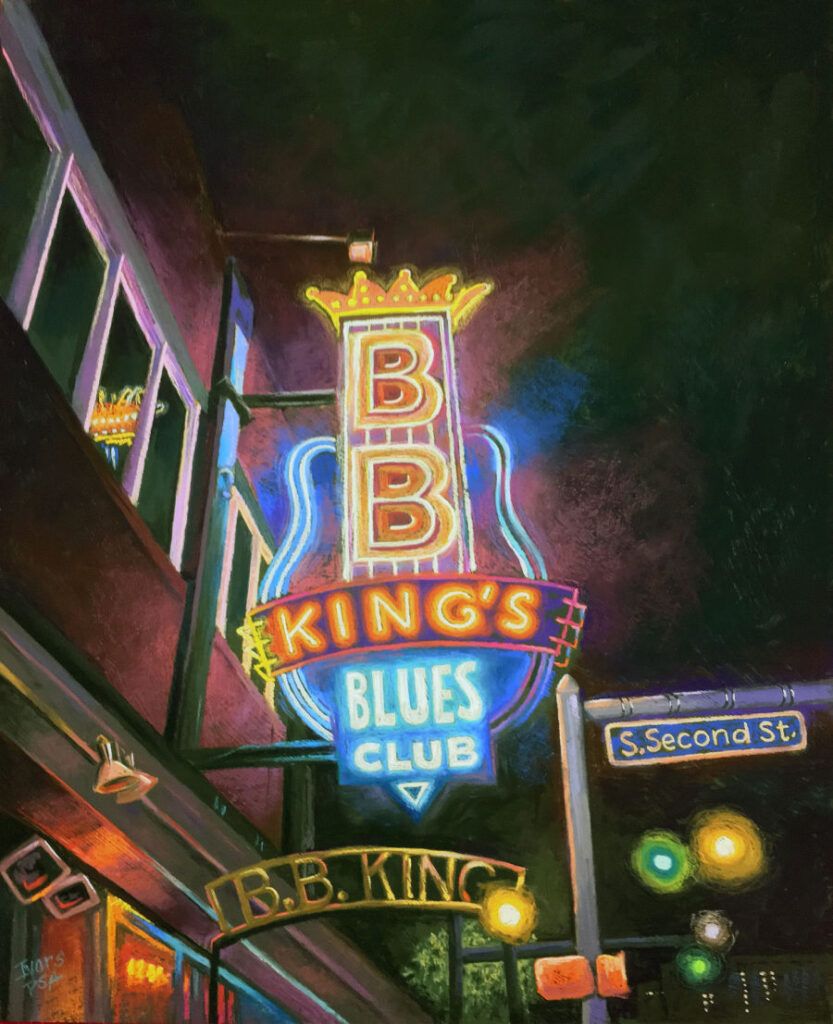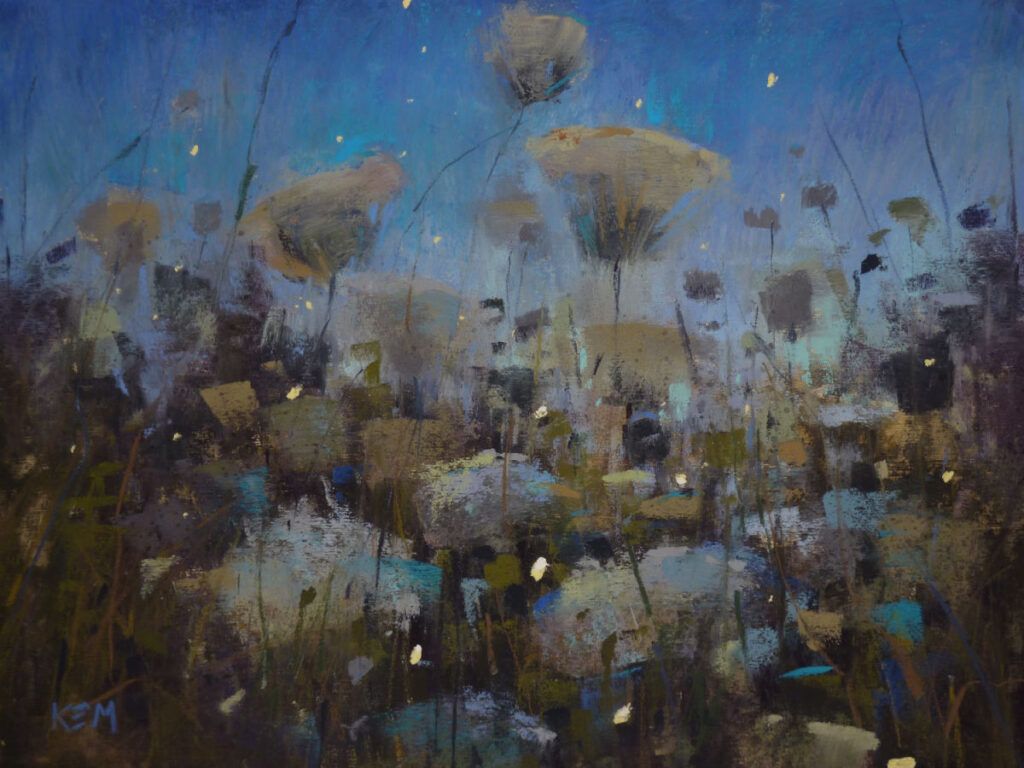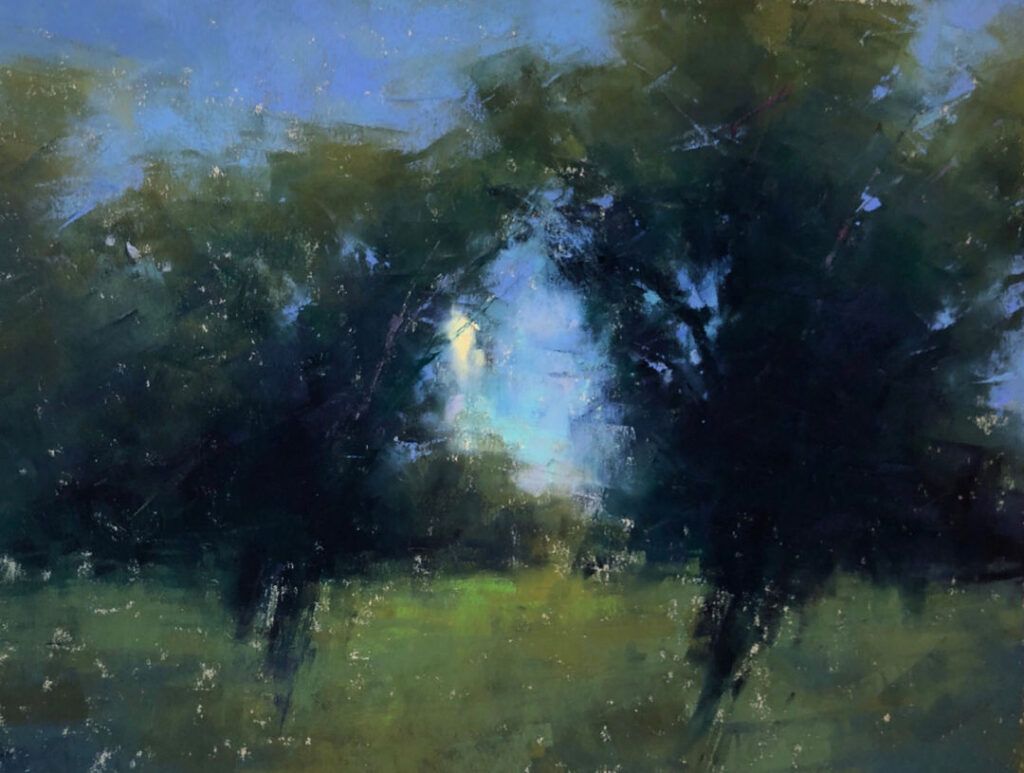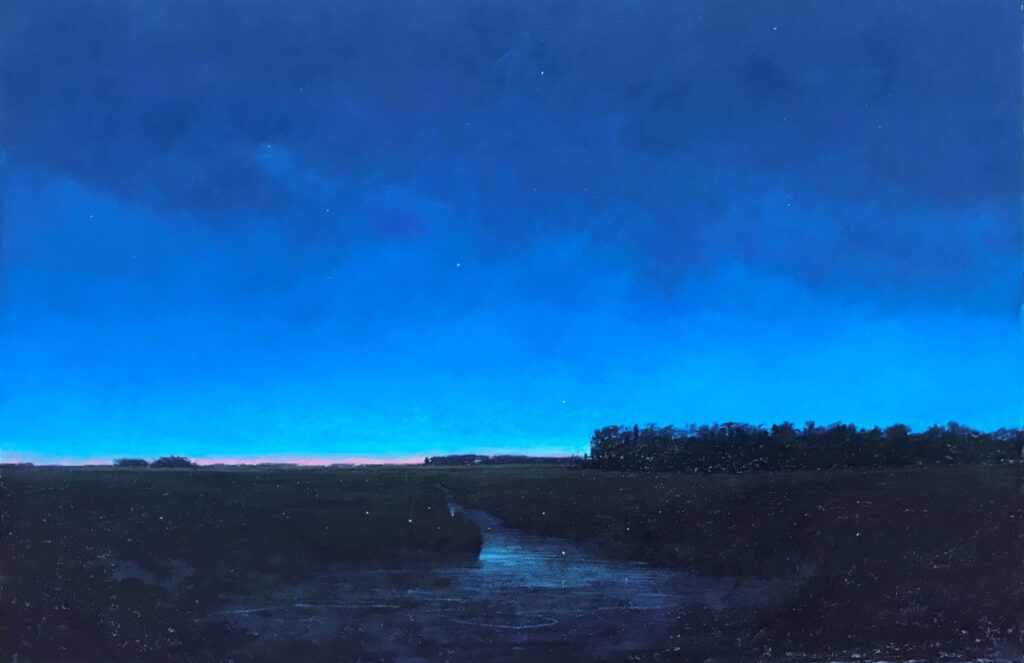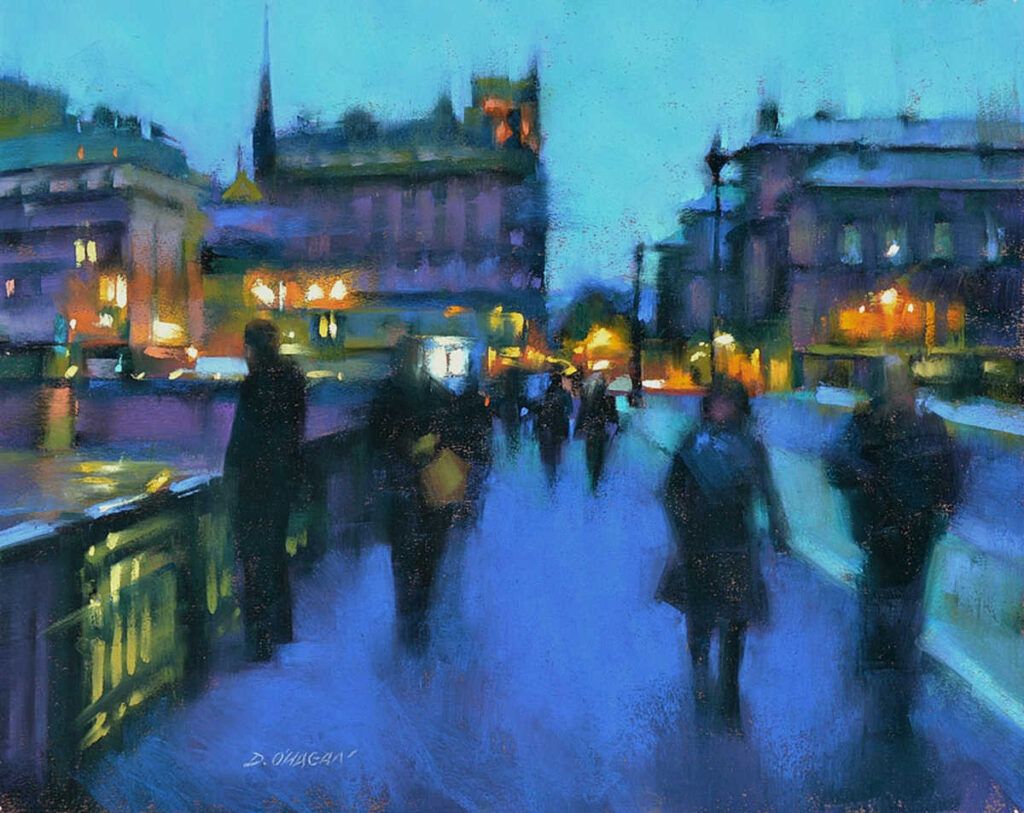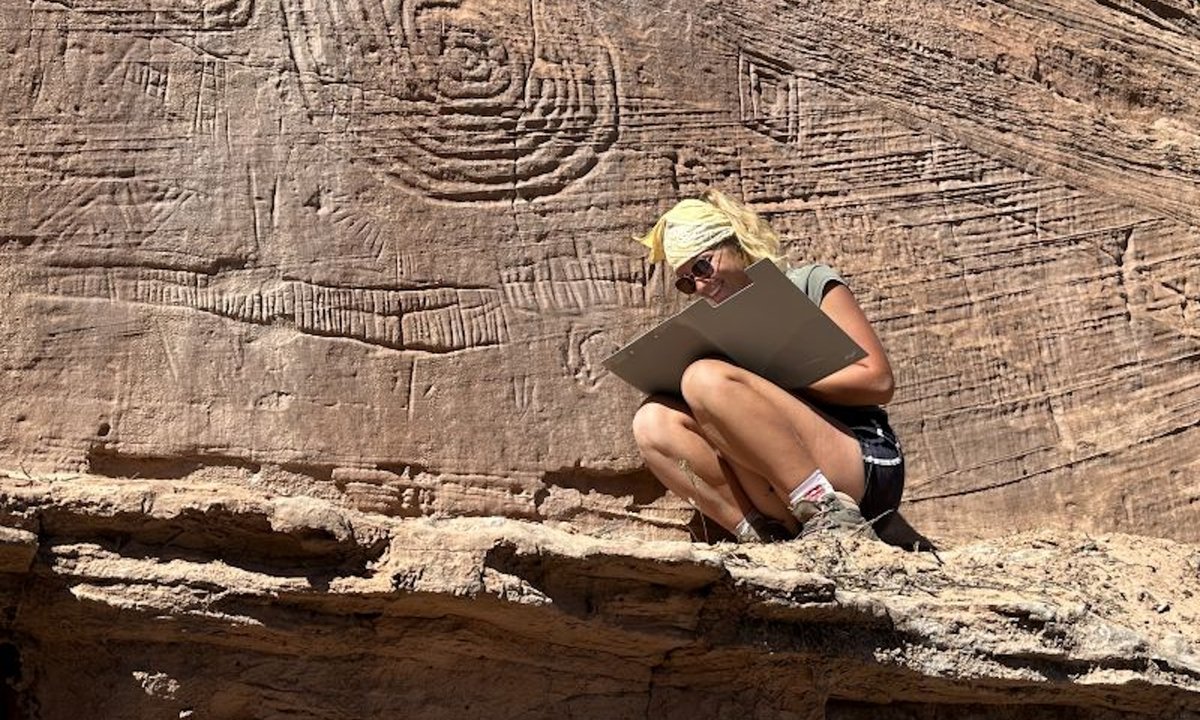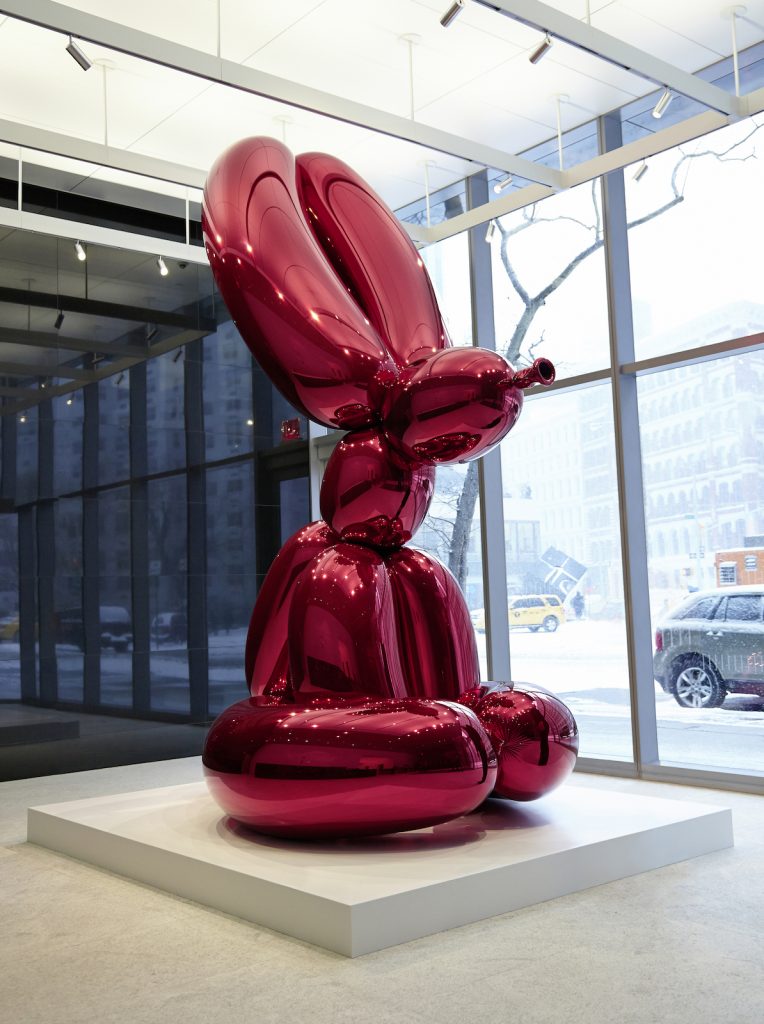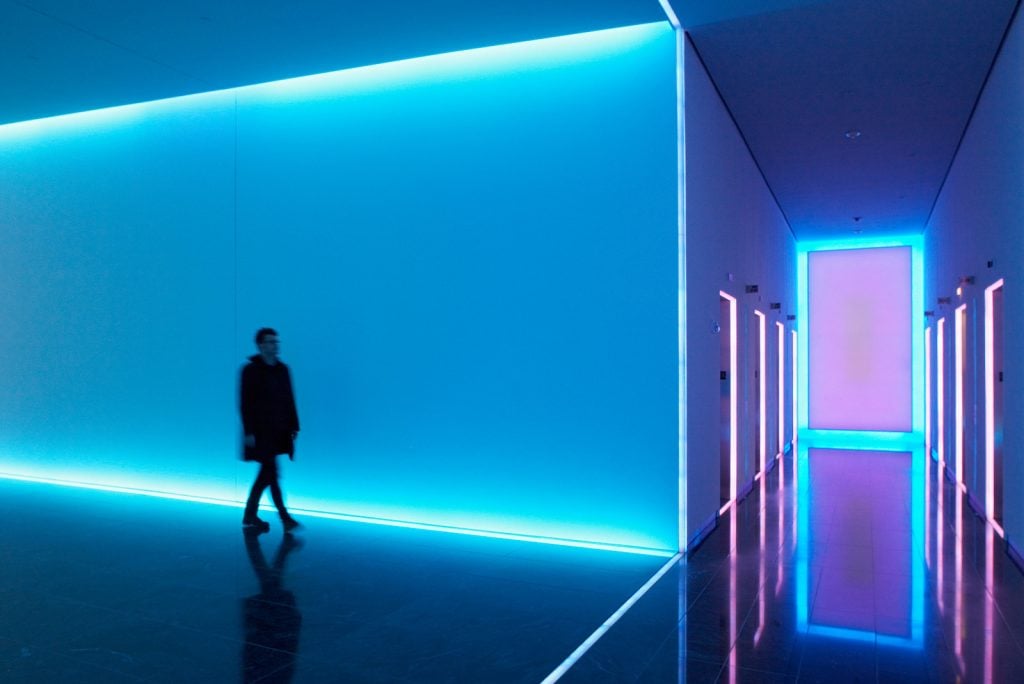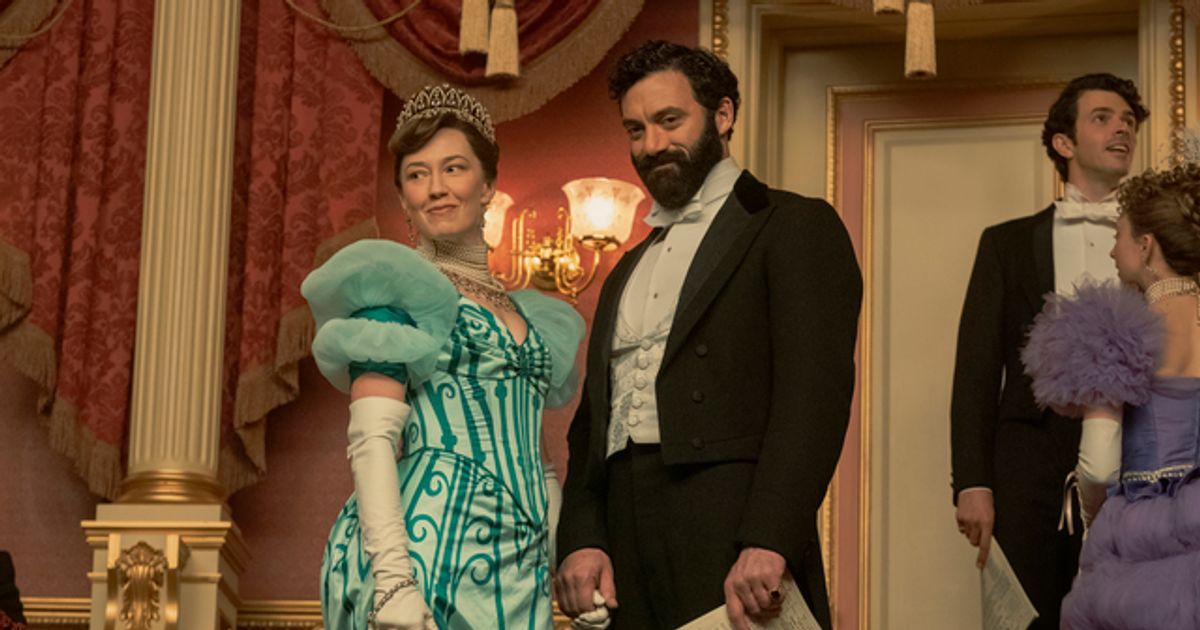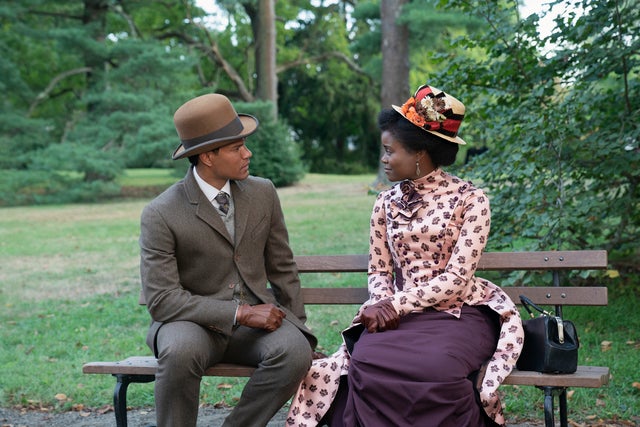Top 10 skyscrapers of 2023 for Dezeen’s review of the year
[ad_1]
Next up in Dezeen's review of 2023, we look back at 10 headline-grabbing skyscrapers that completed this year, including a spiralling supertall, a 1970s retrofit and the highest building in Brooklyn.
The Americas dominate this year's list, with three buildings in New York, two each in Vancouver and Sao Paulo and one in Mexico City. The other two come from the Asia-Pacific region, with one in Shenzhen and the other in Sydney.
Big-name architects feature on the list, including BIG and Kengo Kuma & Associates, as well as firms that are known for tall buildings, such as KPF and SHoP Architects.
Three of the featured projects are renovations of existing structures, demonstrating how outdated skyscrapers can be updated to meet today's standards.
Read on to see all 10:
The Spiral, New York City, USA, by BIG
One of the most-read stories on Dezeen in 2023 revealed the news that BIG had completed a 314-metre-high tower with a "classic ziggurat silhouette" in New York City.
The Bjarke Ingels-led studio gave the supertall building a series of terraces that step up around its exterior, which provided the cues for the name, The Spiral.
Find out more about The Spiral ›
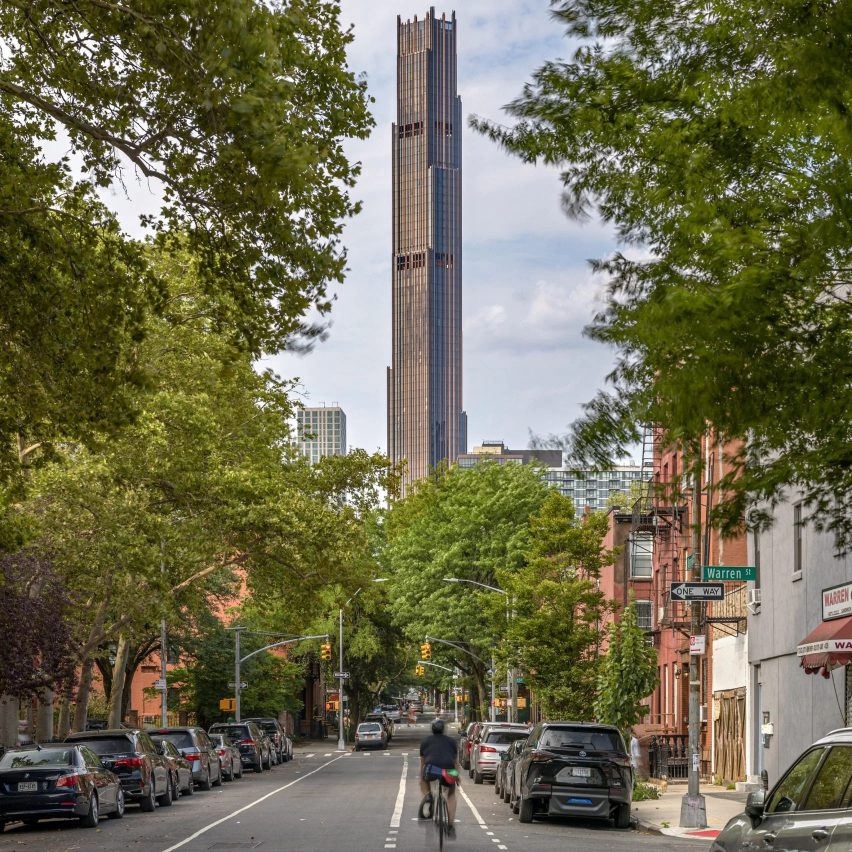
Brooklyn Tower, New York City, USA by SHoP Architects
The 325-metre-high Brooklyn Tower was recently voted by Dezeen readers as the best skyscraper of the past year.
Designed by SHoP Architects, this black and bronze striped tower is now the tallest building in Brooklyn. It is built above the historic Dimes Savings Bank, which is integrated into its podium.
Find out more about Brooklyn Tower ›
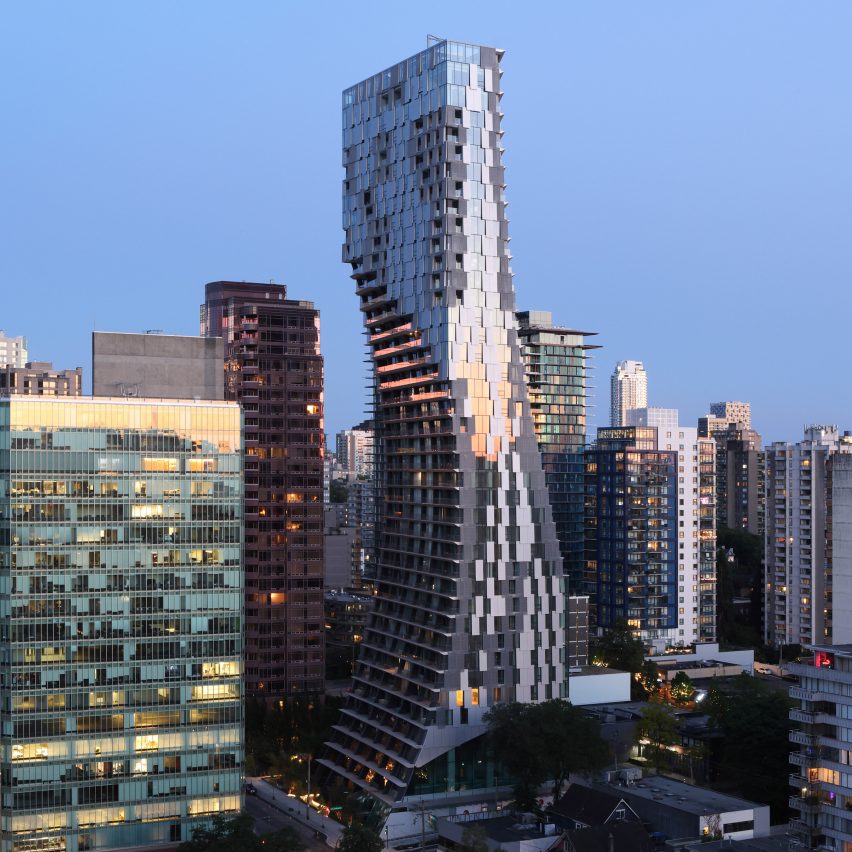
Alberni, Vancouver, Canada, by Kengo Kuma & Associates
The studio led by Japanese architect Kengo Kuma designed one of the most unusually shaped skyscrapers of this year.
Located in Vancouver, the 43-storey Alberni tower by Kengo Kuma features a rectilinear form that integrates two large "scoops". The idea was to preserve views towards its neighbours and bring extra light into the apartments inside.
Find out more about Alberni by Kengo Kuma ›

Quay Quarter Tower, Sydney, Australia, by 3XN and BVN
This retrofit of a 1970s tower was named tall building of the year by the Council on Tall Buildings and Urban Habitat, the leading authority on skyscraper news and data.
A collaboration between Danish office 3XN and Australian firm BVN, the project involved an extensive refurbishment of the modernist AMP Center, including the addition of a solar-shading system on the facade.
Find out more about Quay Quarter Tower ›
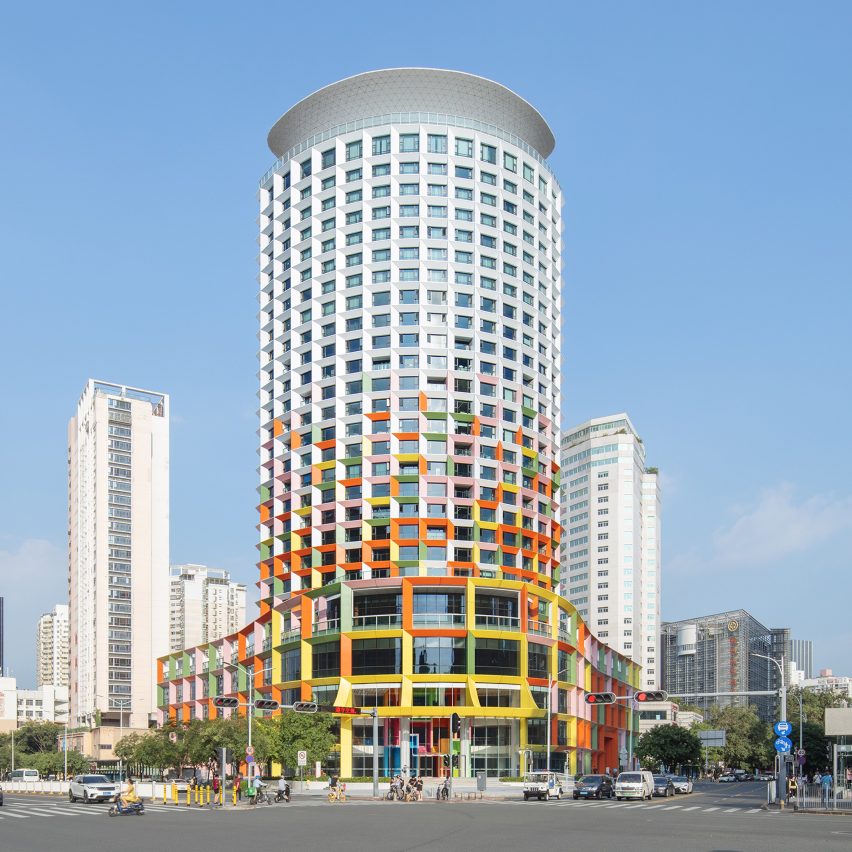
Shenzhen Women and Children's Centre, Shenzhen, China, by MVRDV
The most colourful skyscraper in our top 10, this renovation of a 100-metre-high drum tower in Shenzhen is the work of Dutch firm MVRDV.
As with Quay Quarter Tower, solar shading underpinned the design. MVRDV designed a gridded aluminium frame that was installed over the glazed facade and decorated in bubblegum shades of green, pink, yellow and orange.
Find out more about Shenzhen Women and Children's Centre ›

Lever House, New York City, USA, by SOM
November saw SOM complete the restoration of Lever House, 70 years after the studio originally designed the historic Manhattan office tower.
The 94-metre-tall building is known for its green-hued glass facade, which was only the second curtain wall to be installed in New York City.
Find out more about Lever House ›

Mitikah, Mexico City, Mexico, by Pelli Clarke & Partners
Now the tallest building in Mexico City, this 267-metre-high tower was designed by American firm Pelli Clarke & Partners to feature a distinctive curved glass form.
The oval-shaped footprint helps to soften the building's appearance, with the aim of creating a formal similarity with the mountains that surround the city.
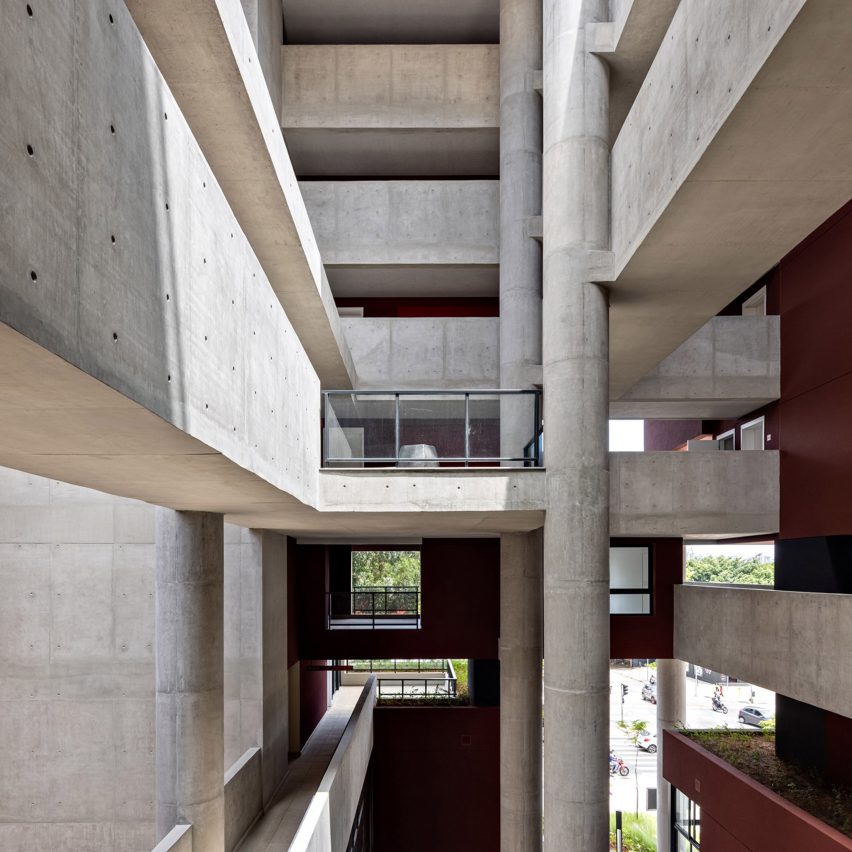
POD Pinheiros, São Paulo, Brazil, by FGMF Arquitetos
FGMF Arquitetos showed how a high-rise could offer indoor-outdoor living with this project in Brazil's largest city.
The 24-storey tower is organised around an open-air atrium located on the eighth floor, which serves as a public plaza. Around it, staggered volumes create a series of balconies, roof terraces and elevated walkways.
Find out more about POD Pinheiros ›

Platina 220, São Paulo, Brazil, by Königsberger Vannucchi
São Paulo is also now home to this 172-metre-high mixed-use skyscraper, which has become the city's tallest building.
Königsberger Vannucchi Arquitetos Associados designed Platina 220 as four volumes, with three smaller blocks sandwiching the much taller central tower.
Find out more about Platina 220 ›
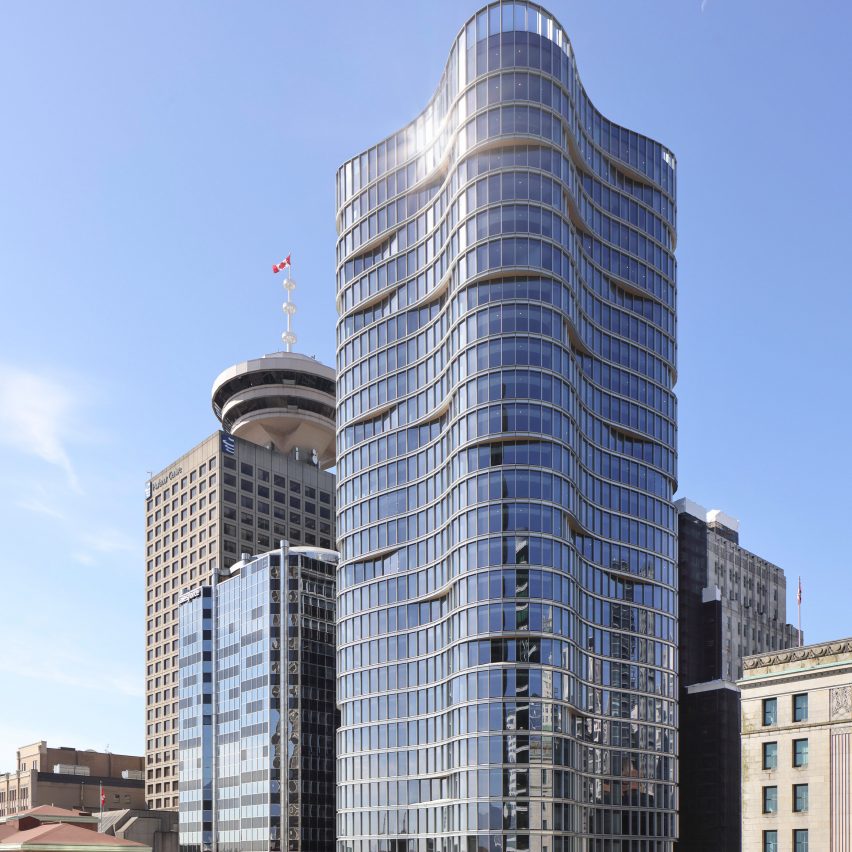
320 Granville, Vancouver, Canada, by Kohn Pedersen Fox
Undulating curves give character to the glazed facade of this 30-storey tower in Vancouver, designed by skyscraper specialist Kohn Pedersen Fox (KPF).
The studio likens the effect to the rippling water, in reference to the building's harbour-front location.
Find out more about 320 Granville ›

This article is part of Dezeen's roundup of the biggest and best news and projects in architecture, design, interior design and technology from 2023.
[ad_2]
Source link



